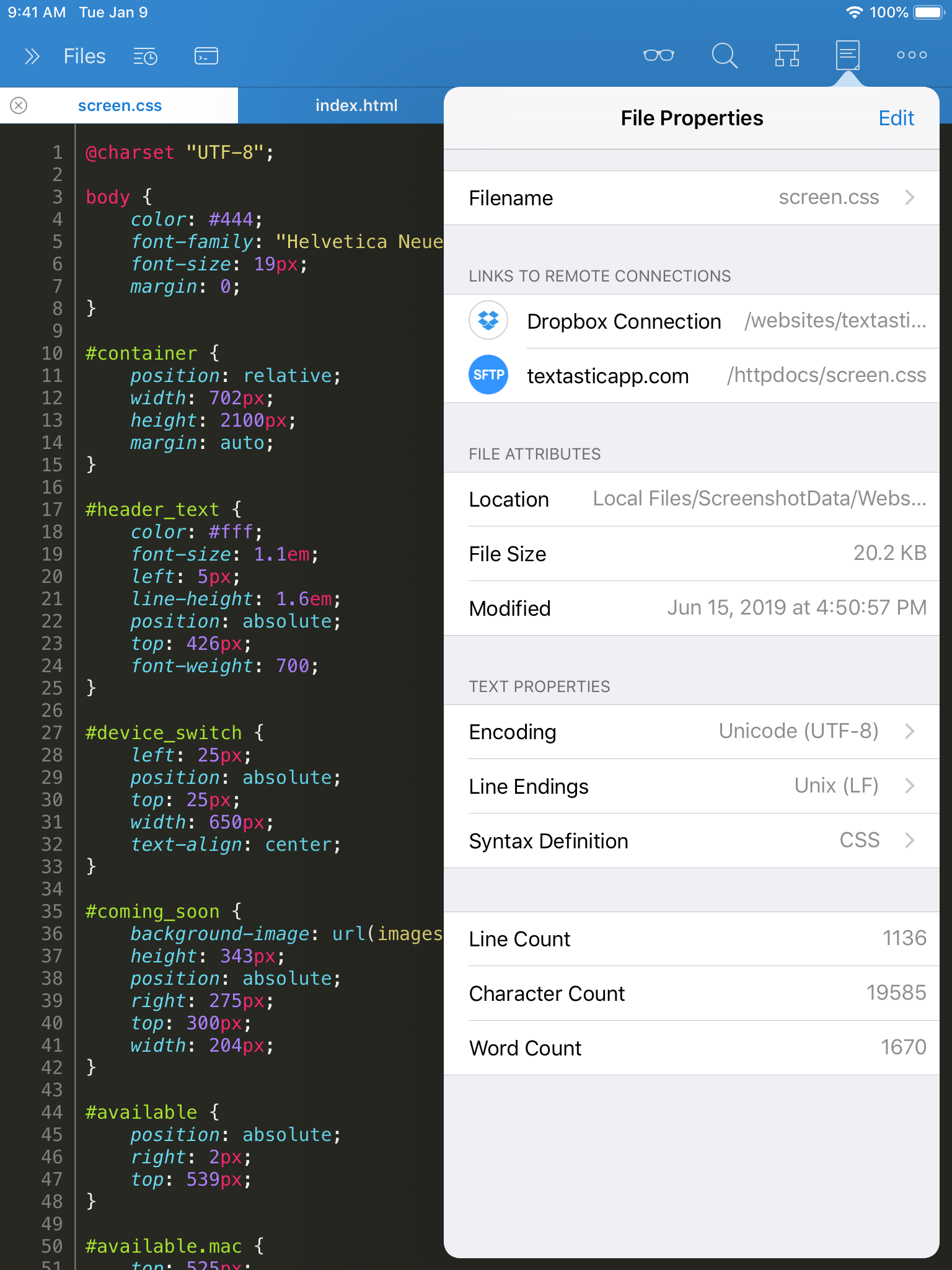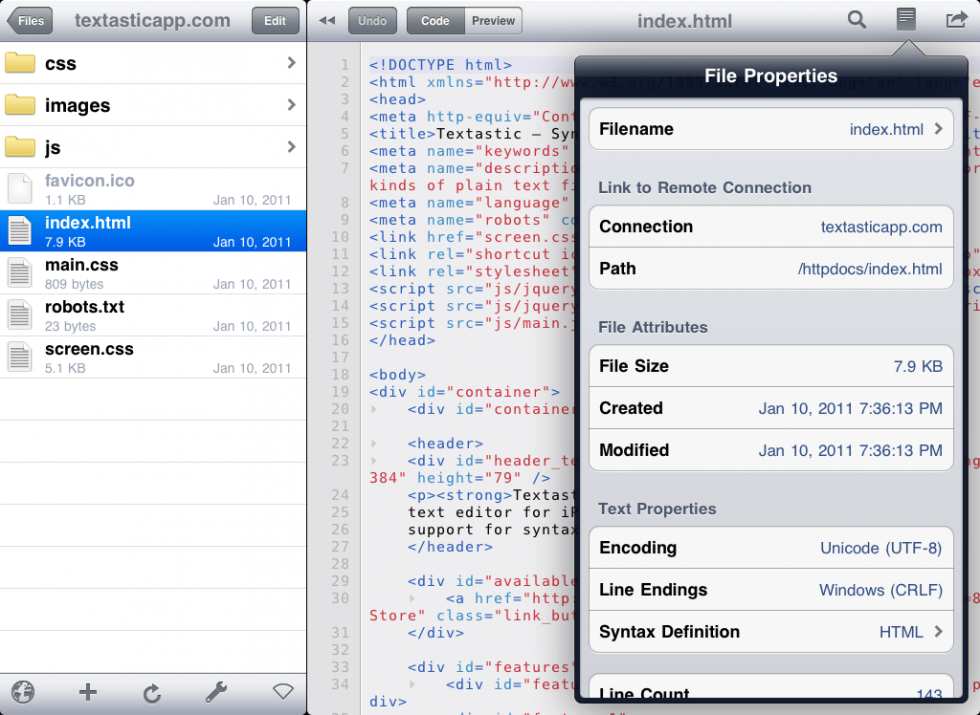

- #TEXTASTIC HASKELL FULL#
- #TEXTASTIC HASKELL SOFTWARE#
- #TEXTASTIC HASKELL CODE#
- #TEXTASTIC HASKELL PLUS#
#TEXTASTIC HASKELL FULL#
These books are essentially a full curriculum for learning the basics of Swift.
#TEXTASTIC HASKELL CODE#
The first and largest strand is the creation of the Swift Playgrounds app, which we will discuss later in this article.Ĭlosely related to Swift Playgrounds is the production of two interactive textbooks called Learn to Code 1 and 2. The initiative, announced at WWDC 2016, has a number of strands. Everyone Can CodeĮveryone Can Code is Apple’s initiative to promote Computer Science education in schools and beyond. It remains the most full-featured native development tool on iOS and one of the most impressive applications on the platform. While far simpler to deploy and use than the old EC2 system, Pythonista is limited by some of Apple’s App Store policies about downloading and running code on iOS.

In 2015, we rewrote our computer programming course to use the Python language and adopted Pythonista as our programming environment.
#TEXTASTIC HASKELL PLUS#
The ne plus ultra of iOS programming tools, however, is Pythonista. Another app, Codea, is focused on game programming with the Lua language. At an introductory level, apps like Hopscotch brought the visual block-based programming style popularised by MIT’s Scratch to iOS.

Regardless, I was able to teach up to pre-university exam level using this system.Īs time went on, a number of other options arrived for programming directly on the iPad itself. We continued teaching Ruby this way and it was reasonably successful, if a little complex to understand. This approach involved running an Amazon EC2 Linux server in the cloud and connecting to it from the iPad using apps such as Textastic and Prompt. In 2012, we made our first move towards teaching programming on iOS. When our school went 1:1 iPad in 2010, we continued using the Macs for programming education for a few years. Later we moved to teaching Ruby using Terminal and Bare Bones’ basic text editor TextWrangler. I started teaching children on Mac desktops in 2006 and we used a variant of Visual Basic for Macs called Real Basic. I have been a Computer Science teacher for ten years. The Playgrounds concept that we will discuss in this article has only ever existed for Swift. At WWDC 2016, for example, all code examples shown were in Swift. Although Objective-C has not been abandoned, the clear direction of travel at Apple is towards Swift and away from Objective-C. Today, Swift is a full peer of Objective-C in Apple’s developer ecosystem. Apple began a project to create a replacement language that included many of the modern advances in language design that had been developed in the period after Objective-C was first defined in the early 1980s. Objective-C was getting quite old by the early 2010s. This was a language that extended the C programming language to include a range of features that made it easier to program large-scale modern applications. Historically Apple – and before Apple, NeXT – used a programming language called Objective-C. It was introduced at WWDC 2014 and has been expanded and developed ever since. Swift is Apple’s own programming language.
#TEXTASTIC HASKELL SOFTWARE#
While attending the conference, I was able to speak with many of the engineers and educators working on Swift Playgrounds and gain an insight into what the software is capable of and the reasons why it was built. I was fortunate to be awarded an educator scholarship to WWDC 2016 and was privileged to be in the audience at the announcement. This is a first from Apple and a major advance for iOS as a platform. This is a new app from Apple that is designed to allow children to learn to program on an iPad. Right at the end of the WWDC 2016 keynote, Apple announced Swift Playgrounds.


 0 kommentar(er)
0 kommentar(er)
